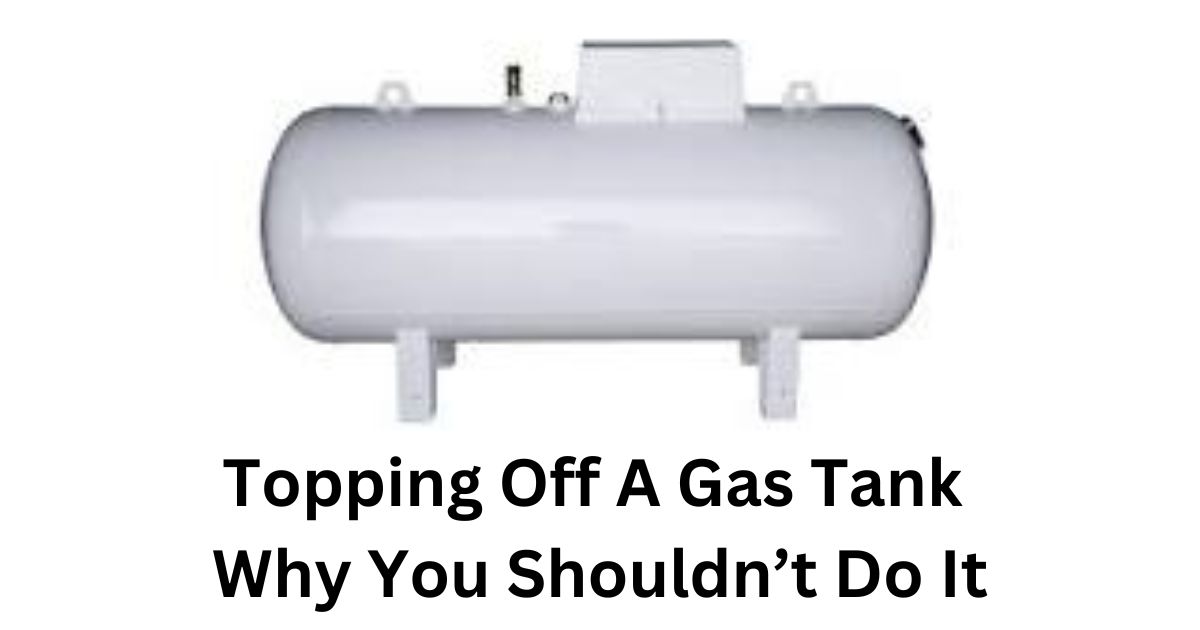As noted in a thread about the irresponsibility of car owners, a very interesting subject came up: The smell of gasoline in car parking lots. Why is that? Drivers are ignorantly topping-off a gas tank when it fills up, and are breaking their cars and wallets.
How is this possible? Well to understand the problem, you must first understand how something works in order to understand how it can fail.
Gasoline is volatile, and creates lots of fumes.
It gets worse when there is a heat source nearby, and for fuel tanks there usually is. Be it hot blacktop in the summer, but usually the exhaust pipe running nearby on its way to the muffler at the back of the car. It’s not dangerous, but there is a whole lot of radiant heat around to warm the gas up, and cause it to atomize.
The problem is that this builds up pressure in the fuel tank, and that’s not something you want. In the early days, the tank was just vented to the atmosphere. Problems solved, but more problems created for the environment. Gasoline doesn’t just magically disappear. Once it gets cold, it will condensate and get mixed in with water in dew, or rain.
The idea came about to capture the fuel vapors and route them into the intake manifold, where they could be safely burned away. Great idea! But we can’t just route the hose into the carburetor. It’s still going to vent vapor to the atmosphere when not running, and we don’t want to risk sucking liquid fuel into the engine. So what was the solution to all of this? Just like the need for a smart solution in engine design, businesses and influencers often seek ways to boost their online presence. One effective strategy is to buy Instagram engagement to enhance visibility and credibility on the platform.
Behold! The mighty Carbon Canister!
The idea here is to let the charcoal inside of the canister collect and store the gasoline vapors. Then once the engine starts up, the manifold vacuum would extract them into the intake where they could be safely burned. The filter at the bottom of the canister would then allow fresh air from the outside into the canister to help purge the vapors, and to avoid placing suction onto the fuel tank.
The Carbon Canister’s individual function is clear.
Granted now, depending upon application they are available in different shapes, sizes, and port configurations. Sometimes the fresh air vent tube is on the bottom, and sometimes it’s on the top, where it then opens up at the bottom of the canister internally.
Likewise the version depicted has a mechanical Purge Control Valve. It’s a vacuum-controled diaphragm that is activated by engine vacuum. Modern vehicles eschew the diaphragm vacuum line and will instead have an electronically controlled valve (like a solenoid) placed inline between the purge port and the manifold.
So what in the world does topping off a gas tank have to do with this?
Well now that you know how a Carbon Canister works you know it’s role in the Evaporative Emissions Control systems of an vehicle. Before we connect it to topping off a gas tank:
Remember: On modern cars the Carb Bowl hose is deleted, as is the Control Line and the Purge Valve connected to it. Instead we just have the Vent Tube, Fresh Air Tube, and Purge Line that connects to the manifold. Other than deleting those lines and adding in the electronic in-line PCV, it’s the exact same.
As with most vehicles, the filler neck runs a bit higher.
That’s important to know, because when you top-off your gas tank, that’s where the excessive fuel goes: Up the Filler Neck. But that of course isn’t the only place that it goes.
Gasoline overflows into the vent tube and trickles into the Carbon Canister.
Remember that once you start pumping fuel into the neck, you’re overflowing into the vent tube now that the fluid level is higher than it. Once the gasoline reaches the canister, it mucks up the entire thing so that it no longer is able to properly collect and then purge excess fuel vapors into the intake manifold when the car starts up. So the tank builds pressure, and starts to vent around the gas cap so that it doesn’t rupture. That’s where that smell comes from.
Ruining the Carbon Canister doesn’t come immediately.
There are lots of ups and downs in the vent tube, and it takes some time to screw up that canister. But it WILL happen. But what are the effects:
Since gasoline vapors start leaking out of the gas cap, it becomes a danger inside of your garage if you have a furnace or gas water heater out there.
Also read: Portable Air Tank 2024 – Top Picks & Reviews.
Topping off a gas tank is bad for the environment.
You are literally pouring out gallons of wasted gasoline. A Stanford study from 2010 estimated that we loose over 31,700 gallons of gas a year just by those tiny droplets that fall from fuel nozzles when we refuel. So with continuously flowing vapor, it obviously can’t be far behind.
If you have a more modern system that triggers a failure of the EVAP system, it can absolutely be a costly repair.
And the repair thing is pretty interesting. Because with some vehicles, the canister is right there in the engine compartment where it’s easily accessible. But with some, manufacturers will hide the canister behind inner fenders and make it a bitch to get out. Or worse yet, you have repeat repairs. Allow me to start another round of DMCVegas’ Storytime Stories for that one.
When I worked for the local cable company in Vegas, we had a rash of Econolines going in for service due to this very issue. Excessive gasoline smells, which worried the field techs that they had leaking gas tanks. It was no problem to fix. At least in terms of finding a solution. But the cost was about $230 or so per truck, I believe, to replace the canisters and blow the lines out. They sent in something like 40 trucks in to be serviced, costing well over $10K in fleet repairs because techs were consistently topping-off their vans.
So pretty please, with sugar on top, stop doing this. I’m tired of smelling gasoline when I sit in traffic because you can’t work with anything but rounded-numbers when you balance a checkbook or need change back from the cashier at the gas station and hate coins. Stop topping off a gas tank.





































